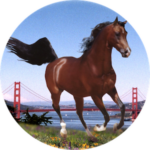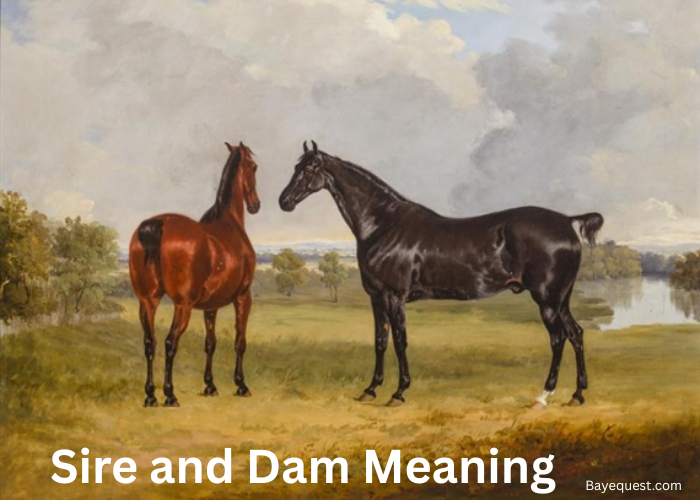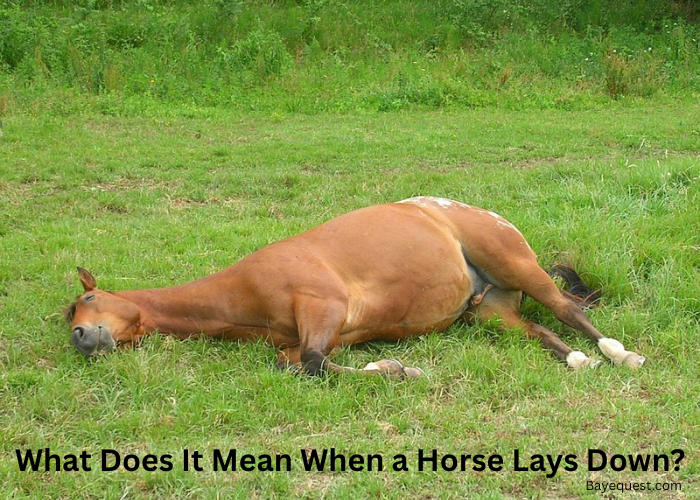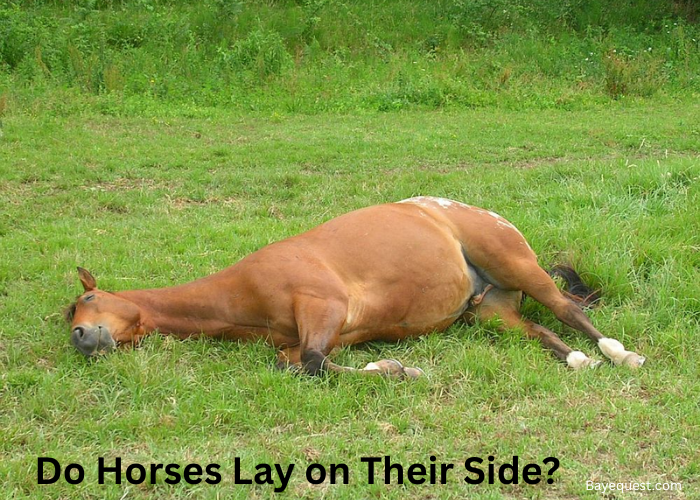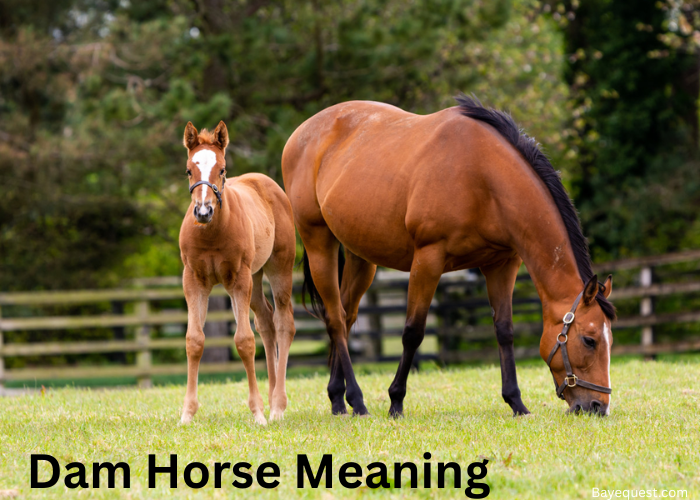Not every Belgian horse is fire-red with a blond mane. Sure, that sorrel-and-flaxen look is iconic, but it’s far from the whole story.
These horses come dressed in more shades than most folks realize. You’ll see deep chestnuts, soft bays, sleek roans, and even the occasional pale standout, all part of the Belgian lineup.
Some wear bold white blazes. Others flash high socks that almost look painted on. Each coat tells a little story of bloodlines, history, and beauty with muscle behind it.
So if you’ve always pictured Belgians in just one color, you’re in for a surprise. Their color game is just as strong as their pull.
Belgian Horse Colors: Key Takeaway
Belgian horse colors include sorrel, roan, bay, and light chestnut, with white face and leg markings. Roan types like strawberry and bay roan are rare but striking. Black, gray, and dun are extremely uncommon in purebreds and often linked to European or crossbred lines.
Belgian Horse Color Genetics
Most Belgian horses are sorrel, but that’s not just luck. It’s in their DNA.
Every horse inherits color genes from both parents. These genes decide what color shows up on the outside.
In Belgians, the sorrel color comes from the chestnut gene, labeled ee. It’s a recessive gene, meaning the horse must get one e from each parent to appear sorrel.
Dominant genes like E (which produces black or bay) can block sorrel completely. That’s why you won’t see darker Belgians unless they carry those dominant genes, which is rare in purebred lines.
The famous flaxen mane and tail is a separate genetic trait. It only shows up on chestnut-based coats like sorrel.
Some Belgians are roan, which gives them a dusted white look. Roan is caused by a dominant gene (Rn).
One parent with the gene is enough for it to show in the foal. But because most breeders focus on solid colors, roans are less common.
Colors like bay, light chestnut, or even rare blacks may appear, but only if both parents pass on the right genetic code.
Selective breeding in North America pushed sorrel to the top. So while Belgian horses once came in more colors, today’s herd carries a more uniform genetic profile.
In short, Belgian coat color isn’t random; it’s carefully shaped by genes, tradition, and breeder choice.
Read also: What is the Average Lifespan of a Belgian Horse?
Color and Registration of Belgian Horses
In the U.S., most registered Belgian horses are sorrel with a flaxen mane and tail. This color has become the breed standard, especially through the Belgian Draft Horse Corporation of America (BDHCA).
That means if you want to register a Belgian in the U.S., sorrel is the most accepted and expected color. Horses with light chestnut or reddish-brown coats and white markings usually fit right in.
However, other colors like roan, bay, and chestnut can still be registered if the horse meets the breed’s size and conformation standards.
But they might not win as much favor in shows where uniform color is often preferred.
Black, gray, or dun-colored Belgians are rare, and in many cases, not allowed for registration under certain breed registries unless the horse can prove its lineage.
In Europe, especially in Belgium, the rules are broader. You’ll see more color diversity overseas, and roans are more common there.
So, while color won’t stop a horse from being Belgian, it may affect how it’s judged, registered, or even valued, depending on where you are.
Belgian Horse Colors
Belgian horses are known for their power, but their colors are just as impressive. From rich sorrels to rare roans, these gentle giants wear a surprising range of coats.
Let’s explore the stunning shades that make Belgian horses stand out.
The Signature Sorrel
Sorrel is the most common and iconic coat color for Belgians in North America. It’s a rich reddish-brown body with a striking flaxen mane and tail.
The contrast makes them instantly recognizable and stunning in the sunlight.
This color didn’t just happen. It was intentionally bred over generations. U.S. breeders favored sorrel for its beauty and consistency. Over time, it became the breed standard, especially for registration and shows.
Sorrel comes from a recessive chestnut gene (ee), meaning both parents must carry it for the foal to be sorrel. The flaxen mane and tail are controlled by a separate trait that only appears on chestnut-based coats.
Not only does sorrel look impressive, but it also gives Belgian horses a unified, polished appearance in teams or parades.
Today, the signature sorrel is more than a color. It symbolizes the breed’s identity, history, and powerful presence.
Related read: Difference Between Chestnut and Sorrel Horse.
Light Chestnut and Flaxen Variations
Not all Belgians wear the same shade of red. Some come in a softer, lighter tone called light chestnut. It’s like sorrel, but paler, almost golden in bright light.
These horses still have that classic flaxen mane and tail, which means their manes and tails are cream or white. The contrast makes them look even more eye-catching.
The flaxen trait is separate from coat color. It only shows up on chestnut-based coats like sorrel or light chestnut. You won’t see it on black or bay Belgians.
People sometimes confuse light chestnuts with palominos or Haflingers, but they differ. Palominos carry a cream gene that chestnuts don’t have. Haflingers are a different breed altogether.
Flaxen chestnuts aren’t rare, but they do stand out. Their soft coat color and light mane make them popular in parades and driving teams. They’re like the blonde bombshells of the Belgian world.
So, if you spot a Belgian with a golden coat and white hair, you’re probably looking at one of these stunning flaxen chestnut variations.
Roan Belgian Horses
These horses are a rare sight, but an unforgettable one.
They have a coat that looks sprinkled with white, blending with a red or bay base color.
The most common type is strawberry roan, a mix of white and chestnut hairs. Bay roan Belgians also exist, but they’re much harder to find.
Roan comes from a dominant gene, labeled Rn. If just one parent passes it on, the foal can be roan. That makes it genetically stronger than recessive traits like sorrel.
What makes roans special is their consistent coloring. Unlike gray horses that fade with age, roans stay roan for life.
Their coats may shift slightly with the seasons, but the unique blend remains.
In the U.S., roans are less popular due to the strong preference for sorrel.
But in Europe, especially in Belgium, roan Belgians are celebrated. They’re more common in breeding programs and frequently seen in shows.
If you see a Belgian that looks like it’s been dusted with snow, it’s probably a roan. Unique, striking, and genetically fascinating.
Bay and Bay Variant Belgians
Not all Belgians are red. Some come dressed in deep, rich bay.
A bay Belgian has a reddish-brown body with black points, meaning the mane, tail, and lower legs are black.
The contrast gives them a bold, powerful look. It’s a classic color in many breeds, but it’s less common in Belgian horses.
A dominant gene produces bay. If a horse carries the black gene (E) and the agouti gene (A), it turns black into bay by pushing the dark color to the legs and mane.
Without both, the coat might turn out black or chestnut instead.
There are also bay variants like dark bay and blood bay, which change how deep or red the coat looks. Some even have white markings on the face or legs, adding flair.
Bay Belgians are more common in European lines, but they’re accepted in U.S. registries too, just not as favored in shows where sorrel dominates.
So while bays are rare among Belgians, they bring elegance, contrast, and a touch of variety to this strong and iconic breed.
Rarer Colors: Black, Gray, and Dun
Black, gray, and dun Belgian horses exist, but they’re extremely rare and often raise eyebrows.
A black Belgian has a solid, dark coat with no red or brown tones. It’s striking, but uncommon in purebred lines.
That’s because the black gene (E) is rare in the Belgian gene pool, especially in North America. If you see a true black Belgian, it may be from a European bloodline or the result of crossbreeding.
Gray Belgians are even harder to find. Gray isn’t a base color; it’s a modifier gene that lightens the coat over time.
A gray foal may be born dark, but it fades to white or silver with age. Gray is not part of the traditional Belgian breeding focus, so it’s barely seen in modern registries.
Then there’s dun. A color that adds a soft, dusty tone with primitive markings like a dorsal stripe.
It’s common in certain breeds like Fjords or Mustangs, but not native to Belgian genetics. A dun-colored Belgian is almost always the result of crossbreeding.
These colors aren’t disqualified by nature, but most Belgian breed registries prioritize traditional tones like sorrel or roan.
So while black, gray, and dun Belgians might turn heads, they remain the rare outliers of this draft horse family.
Belgian Horse Markings and Face/Leg Patterns
Belgian horses may be known for their solid coats, but their white markings are just as eye-catching. These markings show up on the face and legs, and no two patterns are exactly the same.
On the face, you might see:
- Star – a small white dot on the forehead
- Blaze – a thick stripe down the middle of the face
- Snip – a white patch on the muzzle
- Bald face – large white area covering most of the face
On the legs, look for:
- Socks – white that ends below the knee or hock
- Stockings – white that stretches higher up the legs
- Coronet – a thin band just above the hoof
These markings are genetic and don’t affect the horse’s performance. But they do add style and personality.
Some Belgians are born with bold, flashy patterns. Others have just a hint of white.
In shows, symmetry and cleanliness of markings can stand out. While not required, they often add visual appeal, especially when matched across all four legs or paired with a wide blaze.
Whether subtle or dramatic, face and leg patterns give each Belgian a look of its own.
Fun Facts About Belgian Horse Colors
1. Most Belgians in the U.S. are sorrel, but in Europe, roan is more popular, especially strawberry roan.
2. The iconic flaxen mane and tail only appear on chestnut-based coats like sorrel and light chestnut.
3. Roan is a dominant gene, so just one parent with the gene can produce a roan foal.
4. A Belgian can be sorrel and still carry hidden genes for darker colors like bay or black.
5. No two white markings are alike. Every Belgian’s blaze or sock is as unique as a fingerprint.
6. In the early 1900s, Belgian horses came in more color variety, including bay, chestnut, and black.
7. The color sorrel is sometimes mistaken for palomino, but palominos have a cream gene, which Belgians don’t carry.
8. Flaxen genes are still not fully understood, but they consistently lighten manes and tails on chestnut horses.
9. Some breeders avoid roan pairs, as two roan genes can lead to health risks in certain breeds.
10. Color can influence value and show appeal, even though it does not affect strength or temperament
Belgian Draft Horse Colors: Conclusion
Belgian horses are strong and stunning, too. From classic sorrels to rare roans and bold bays, their colors are full of charm and history.
Each shade tells a story shaped by genetics and breeder choices. White markings add personality, making every Belgian horse unique.
While sorrel may dominate, other colors still shine in the spotlight. Whether you love tradition or rare beauty, there’s a Belgian coat to admire.
No matter the color, these horses always stand tall, gentle, powerful, and proud. That’s the true beauty of Belgian horse colors.
